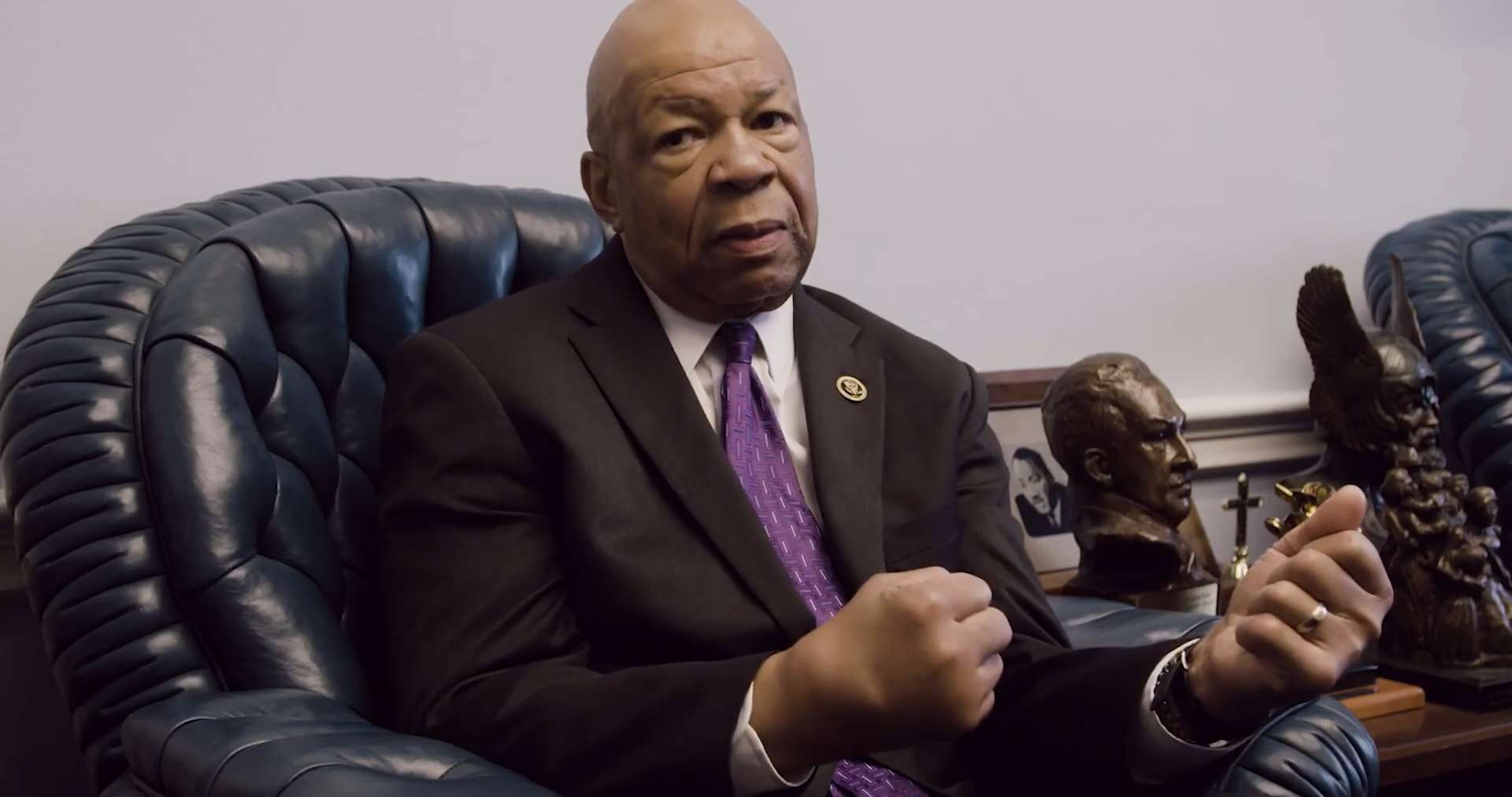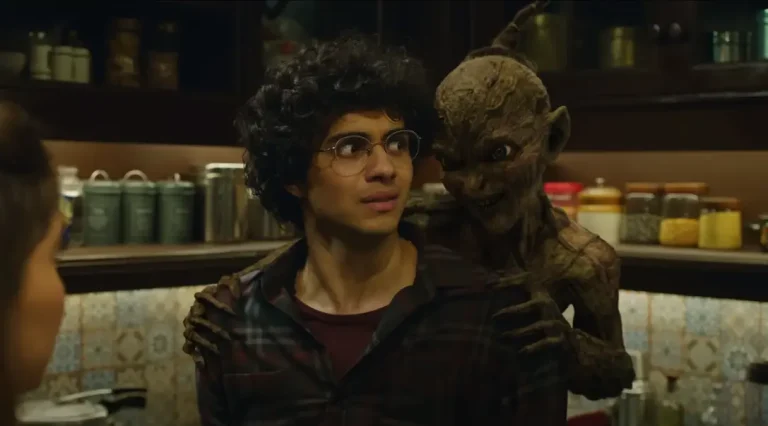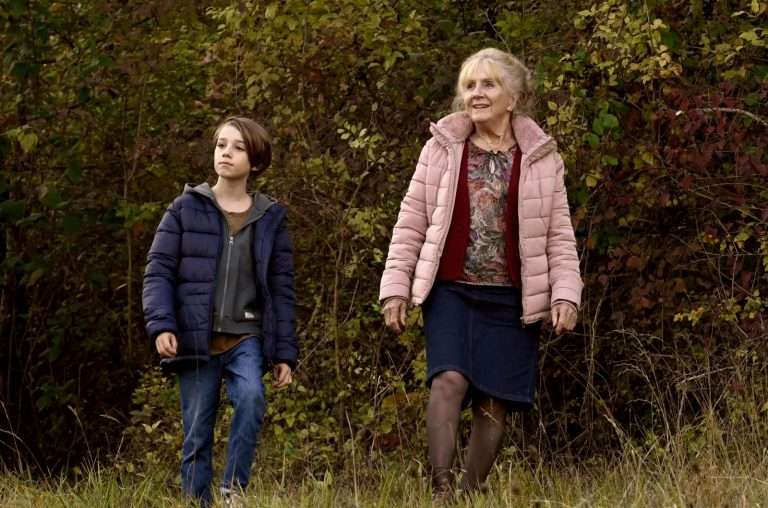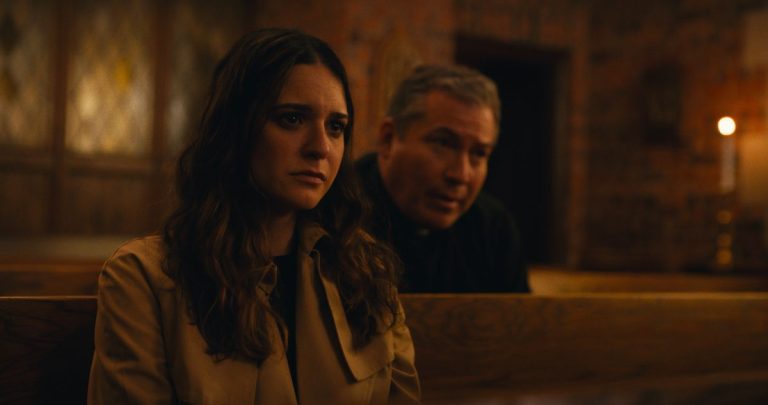William Hart’s “Lead & Copper” (2024) narrates the recent public history of Flint City in Michigan. It’s set against the muck of the lead crisis, sweeping into water channels and cutting off healthy access. So much of the disaster wrought by corporations and administration comes through collusion in ignorance. Lots of tangents creep up, permeated with a darkening realization of one being railroaded by atrocious politics.
Ever since Flint’s local government shifted to relying on the city’s polluted river as a primary water source, fissures have opened up. The city has been in decline. A link to racial segregation is also underlined. Hart’s film is full of technical intricacies, zeroing in with the minuteness of inquiry into the interplay between public and private. How do the decisions of major administrative players impact the everyday lives of citizens? How do laziness, the ignorance in maintaining essential duty manifest in the slow deadly effects curling all over a group of people? The web it casts is immense and searching. No one is exempt.
The local government is complicit in the denial and erasure of concrete truths. There’s a distinct lack of admission and attestation to the starkly evident circumstances of neglect and oversights. Legally, Flint’s government would be mired in backlash but it also needs citizens who are aware of the lies and gaslighting fed to them. This cognizance brings the situation into clear view. The bones tumble out of the closet. There’s no more scope for hiding or manipulation. What such situations necessitate are individuals daring to see through the minefield of dangerous narratives in the garb of rhetoric. The complacency of the government can reach alarming extremes if it’s not kept in check. What of the corrosion controls does the State freely overlook and pass off as guaranteed? This has massive ramifications.
A system of balances on power is exercised by citizens articulating the risk of acceding to whatever is hosed into the public discourse. LeAnne is one such blazing example who steadfastly holds on to what strikes her as problematic. She doesn’t leave fighting the good fight. Nothing deters her, none of the slighting and mockery by authorities dents her spirit. She speaks up and rallies everyone she can, not just for the sake of her own children, but also for others directly affected by the dangerously high levels of lead in the water.

The film is alert to the ways in which public narratives are constructed as well as their unmaking when citizens break through its palpable cracks. These reveal themselves as bloated and unmistakable once someone starts connecting the dots. A vicious picture emerges. This is a film rigorously attuned to factual details. There’s the confrontation of the genuflection from the truth and blatant peddling of misinformation and planted narratives; just the enormity, the scale of the crisis is gutting, let alone the many vectors it swoops on.
“Lead & Copper” is a portrait of perseverance and incredible single-minded toil to ensure one gets their fundamental rights secure and sure. However, the documentary gets so occupied in untangling the intricacies it courts being punishingly dry. You yearn for the inner lives of people, the shape of conflicts. The passion and the anger don’t cut as deep as they should. The emotional texture should buttress the persistence of breaking through official rigmaroles and forcing accountability. This is strangely remiss in the film.
You don’t really get a sense of the people beyond their grit and resistance. That is just posited as their defining trait, like a mother insistent on ensuring safety for her kids in an increasingly endangered environment. Nevertheless, the level of lies lands several staggering blows. The documentary struggles to situate a balance between righteous rage and hard-eyed detail. The latter overwhelms or rather completely erodes the scope of the former.
“Lead & Copper” fumbles in transmitting the charge and urgency, constantly bogged down by its granular emphasis. Where’s the human drama? The question lingers intensely, irrepressibly. Despite interweaving conversations over a considerable span of time with a wide range of stakeholders, it doesn’t effectively mine the tussle of perspectives, content to be a flat admonishment. It’s a missed opportunity to be something truly searing.



![Kaul (A Calling) [2016]: A Visually Stunning, Thrilling Existential Odyssey](https://79468c92.delivery.rocketcdn.me/wp-content/uploads/2016/11/kaul2-768x432.jpg)


![About Elly [2009] Review: A Moral Mystery](https://79468c92.delivery.rocketcdn.me/wp-content/uploads/2016/05/About-Elly-Asgar-Farhadi-768x418.png)
![Montana [2017]: ‘TIFF’ Review](https://79468c92.delivery.rocketcdn.me/wp-content/uploads/2017/08/MONTANA_01-768x384.jpg)
